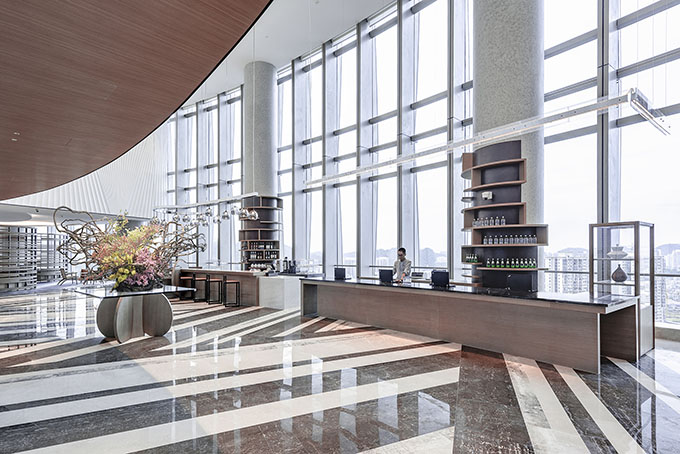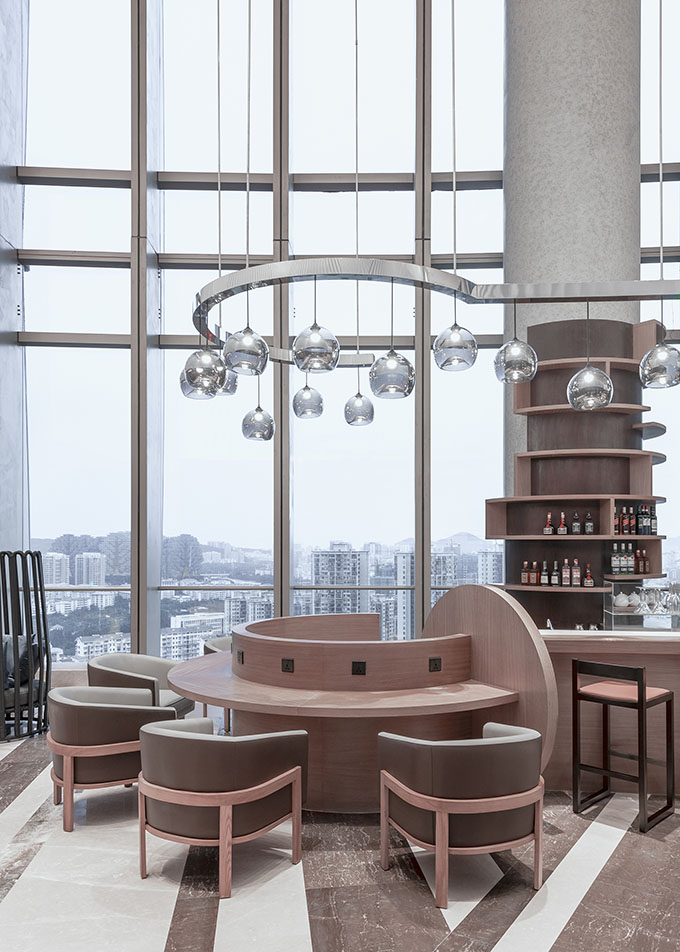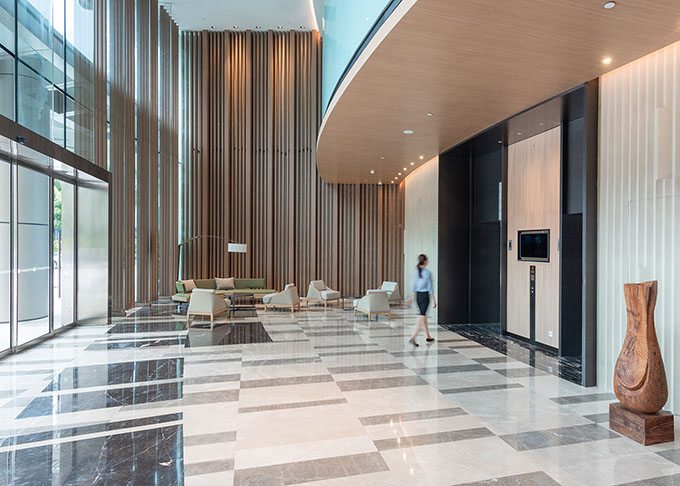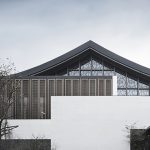
Today, the registration desk has become not only a daily tool for the staff but also the face of the company. Any guest of your hotel, first of all, pays attention to the counter. Therefore, it is a great opportunity to take advantage of his precious attention. In this article, we will try to understand our capabilities and make them our advantages while selecting the registration desk for a hotel.
Read more after the jump:

The first impression of guests
The first time a person comes into the lobby, the first thing he or she pays attention to is the environment around him or her. What color scheme in the lobby and how the furniture in the room is located. The central object for him will be the registration desk. If the table will look concisely in the atmosphere of this room, the person will immediately have an impression of a harmonious way of life in the company. Therefore, keep in mind that the table should be the central object of attention, not contrasting with other furniture in the room. Of course, the front side should be neat and contain the company logo.
Functions and goals of the table
Despite the fact that guests spend time at the table, we should not forget about the hotel staff. This is their workplace. The table should meet all the needs and requirements of the employees. It should be large, durable, practical and contain all the necessary documents and supplies. Organize the workspace around the desk so that it meets all the needs of your employees. Choose functionality over beauty.
Taking into account all of the above, we need to keep in mind 3 conditions when choosing sohomod reception desks.
? style
? material
? arrangement
Let’s go through each of them.

Style and Material
Classic. Classic desks for the office are easy to find out. As a rule, these are furniture made of natural wood – oak, walnut, cherry (light varieties are often tinted to the color of mahogany). Structures are thorough and even a little heavy: one or two bedside tables as a support, a blind wall that hides the knees of the sitter. And those models which are lifted on the bent sharpened legs, certainly have massive “top” (here there are spacious boxes for writing utensils). The worktop of a classic desk is often covered with cloth or leather or decorated with intarsia. Tabletop accessories are required: stands with a clock, flip-down calendar and an expensive fountain pen holder.
Country-style. Country-style models can also be considered classic. These desk styles are similar. But there are also differences: country style desks are as massive as classical ones, but without pompousness and “solidity”. On the contrary, the “country” desk is usually made of badly processed, deliberately rough wood (most often a virtuoso imitation). One more difference from classical models is universality. Only the manufacturer’s instructions in the catalogue make it clear that it is the writing table that is in front of us, not the dining table.
Modern. Modern home office desks are visually lighter than any classic model. No back wall – only four legs. Bollards are “detached” from the table itself: drawer cabinets are often used, which must be purchased separately. Modern models are becoming more and more universal over the years, for example, some desks can serve as dining tables and vice versa. From the items of dining room furnishings, they are distinguished only by the presence of one or two drawers, and those may not be.
Ethno. Writing tables in the ethnic style are not often on sale. Usually, these are expensive models of exotic materials. Bamboo, rattan, teak and other tropical wood are used in production. Tabletops of these items are covered with leather under the crocodile, elephant or python
Arrangement
The practical side of the correct positioning of the table should include:
Comfort. The table should not be considered as a separate piece of furniture, it should be close to other items that provide work: sockets, cabinets or bedside tables, printers, etc.
Hygiene. The table should be positioned in such a way as to provide optimal lighting and proper seating for the person sitting behind it.
Optimality. The table should not interfere with the movement around the room.
Aesthetics. The worktable should be harmoniously integrated into the interior of the lobby.
The hotel lobby table is a workplace that does not require privacy, it does not require the person working at it to turn his face away from this world.
However, the key to success is to be able to communicate with people correctly. After all, it is impossible to attract a client without having him for further conversation.
If you pay attention to the placement of tables in any lobby, you can easily see that they are all facing the entrance and back to the wall. This means that all employees in such an office should be ready to receive the client. No one would want to communicate if they were met with their backs.
Another piece of advice regarding the placement of the table, which follows from the first one, is not to place the desk so that the person sitting behind it was back to the door. After all, it is impossible for a visitor to enter the office without using the doors.
According to the feng shui system, if a person sitting at the table sits with his back to the entrance, he can be bypassed or betrayed by someone. The situation, in this case, can only be corrected by a mirror hanging so as to reflect the image of the entrance.
In addition, such a requirement to place the desktop has a deeper and more reasonable meaning. This is safety. After all, if you sit with your back to the alleged abuser, you would hardly be able to defend yourself in time. For example, a true Japanese samurai would never sit back to the door. On the contrary, he would have taken a position where you can inspect the entire room.



